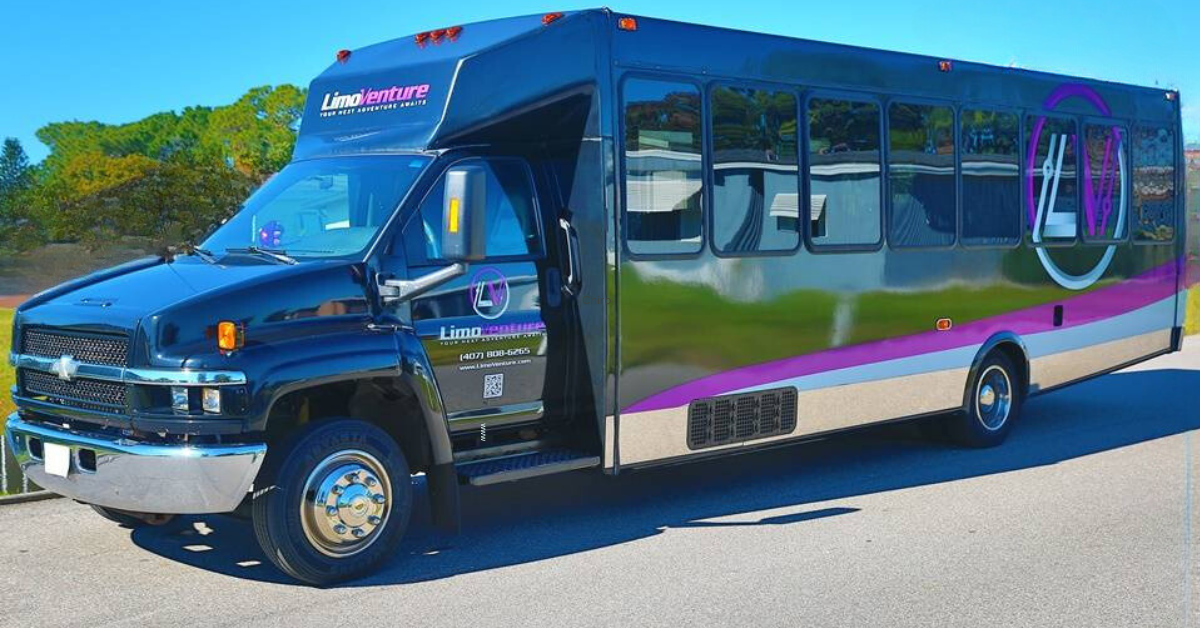May 20th, 2024 – Orlando, Florida – Planning a group trip to Cocoa Beach? Look no further than LimoVenture for a seamless, enjoyable journey that promises both style and convenience. Catering to groups of up to 25, LimoVenture offers round-trip service from Orlando to Cocoa Beach, ensuring your outing is as relaxing as it is memorable.
Why Choose LimoVenture?
Forget the hassle of coordinating multiple cars, navigating traffic, or debating who will drive home. With LimoVenture, every aspect of your transportation is taken care of. You won’t need to worry about gas, tolls, or parking fees—costs that can quickly add up. By splitting the fee amongst yourselves, the per-person cost becomes significantly more economical than driving separately. Most importantly, everyone can enjoy the day to the fullest without the burden of driving back after a long, exhausting day of fun.
Activities Galore at Cocoa Beach
Cocoa Beach, located just an hour from Orlando, is famed for its beautiful sandy beaches and vibrant local scene. Here are some activities you can enjoy:
Cocoa Beach Pier
Stretching out into the Atlantic, Cocoa Beach Pier is a hub of activity. This historic pier offers not only spectacular ocean views but also houses a variety of restaurants, bars, and shops. Whether you’re up for some fishing, enjoy live music, or just want to take a stroll, the pier provides a picturesque backdrop to a fun-filled day at the beach.
Ron Jon Surf Shop
Ron Jon Surf Shop in Cocoa Beach is not just a store; it’s an icon of surf culture. Known as the “World’s Most Famous Surf Shop,” it spans over two floors packed with everything from surfboards and swimwear to beach gear and souvenirs. Open 24 hours, it’s a must-visit for both avid surfers and casual beachgoers looking to capture the essence of Florida’s surf scene.
4th Street Filling Station
The 4th Street Filling Station combines a unique blend of casual dining with a creative culinary twist. This gastropub is celebrated for its innovative menu that features everything from gourmet burgers and tacos to a wide selection of craft beers and cocktails. Its laid-back atmosphere makes it a perfect spot for a relaxed meal with friends.
Coconuts On The Beach
Situated directly on the sands of Cocoa Beach, Coconuts On The Beach is the go-to for those looking to dine with an unbeatable ocean view. Known for its vibrant atmosphere, this beachside bar and grill serves up fresh seafood, burgers, and tropical drinks amidst live music and the soothing sounds of the surf. It’s an ideal place for a beach day with a fun vibe.
At The Port
Port Canaveral hosts a variety of dining and live entertainment options, perfect for ending a day at the beach. Grills Seafood Deck & Tiki Bar and Fishlips Waterfront Bar & Grill offer delicious seafood with views of the water, while Rusty’s Seafood and Oyster Bar provides a relaxed setting to enjoy fresh oysters and other local catches. Each spot at the port offers a unique taste of local flavors and live music, making it a must-visit area for those who enjoy dining by the water.
These destinations in Cocoa Beach offer a rich blend of shopping, dining, and beachside entertainment, perfect for a day trip or an extended stay.
The LimoVenture Experience
Traveling with LimoVenture means you’re not just getting a ride—you’re booking an experience. Their fleet of luxury limousines and party buses are equipped with top-of-the-line amenities, ensuring your travel to and from Cocoa Beach is part of the fun. With comfortable seating, entertainment systems, and onboard refreshments, the journey is as enjoyable as the destination.
LimoVenture not only elevates your travel experience but also ensures it is filled with luxury, safety, and fun. Book your next group outing to Cocoa Beach with LimoVenture and create memories that will last a lifetime.


